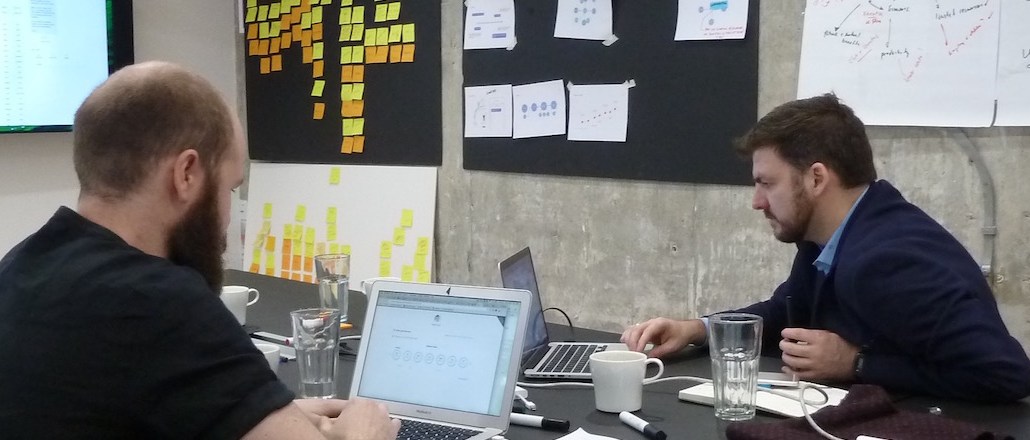Register by Jan 13 to save on passes and connect with marketers from Uber, Bose and more

As bots catch on with brands — Microsoft, Just Eat and KLM have all toyed around with them — Ogilvy & Mather Group is going all guns blazing with a bot workshop at its London HQ.
Bots by Ogilvy, led by experience director Will Godfrey and innovation planning partner James Whatley, is a space that draws in talent from across the group, from copywriters to UX specialists. There are also outside collaborators from bot-maker ChatFuel, IBM (also an Ogilvy client) and Facebook.
So far the team has created chatbots for the Mondrian London hotel and Public Health England’s stop-smoking initiative, Stoptober. And there are three more bots coming in 2016 — including one from British Airways — and a further 12 lined up for next year. One FTSE 500 company (a new client) is planning to set up a team at Ogilvy’s informal bot studio so it can release a suite of chatbot products.
With over 30,000 of them on Facebook alone, chatbots are hot right now as people have come to expect customer services on-demand. If messaging platforms are the new internet, chatbots are its websites.
“Eight years ago the question for clients was, ‘Should we have an app?’ but now the CEO wants to tell shareholders there’s a chatbot,” said Jo Coombs, CEO of OgilvyOne.
While the industry is too new for a consensus on price, it’s likely that brands will pay four- or five-figure sums to get their bot made upfront. This is far cheaper than an app, which can frequently set back large brands six figures or more.
And unlike apps, which need to keep up with the latest operating systems, chatbots are cheap to maintain. Once live, it’s the job of the UX team and the copywriters to keep things fresh, not the tech department.
But creating a chatbot just to have a chatbot is the wrong approach. For Coombs and the team, a bot should solve a business problem for a brand and have potential to be useful long-term, whether that is sales, subject expertise, support, content subscriptions or experiences.
“First, we start the conversation with the customer, look at where they are today, the technology they’re engaging with, and decide if it is appropriate for us to be in that place,” Coombs added.
For Stoptober’s bot, customer feedback was surprisingly emotional, something Whatley described as “humbling.” Those logging on at moments of weakness gushed about how the service — which delivered advice and games to keep itchy thumbs busy — had helped them. Some even thanked it in the app.
The level of data brands can glean from these interactions is richer than that collected through the web or via a call-center log. For example, one guest messaged the Mondrian chatbot — designed for restaurant bookings — asking for help when he was locked out of his room in just a towel. The team later adjusted the chatbot to give instructions on how to contact the hotel’s concierge for these types of queries.
While some clients have been experimenting with the functionality as an add-on to existing campaigns, others — like the Mondrian — are taking a longer view. One new client, the FTSE 500 company, is launching a long-term, currently secret project that will see the team also become more official in its space — now known as the bot room.
“This time next year we’ll be having the same conversations, but we’ll be talking about Alexa and Google Home,” said Whatley. “The job really starts once you’ve finished it.”
Coombs predicts that other agencies will follow their lead soon enough. “There will be a massive catch-up in 2017, with agencies scrabbling around and hiring talent,” she said.
More in Marketing

‘The year where the dust settles’: Digiday editors share 2026 predictions
Between generative AI pilot projects and emerging agency hold co models, 2026 will be the year that signals turn into strategy.

Virality is no longer just a vibe at MrBeast’s Beast Industries
MrBeast is hiring a head of viral marketing. Marketers would be wise to pay attention.

‘This is what the future will look like’: Accenture Song has moved upstream of advertising
Accenture Song has outgrown the agency business without becoming an agency.







